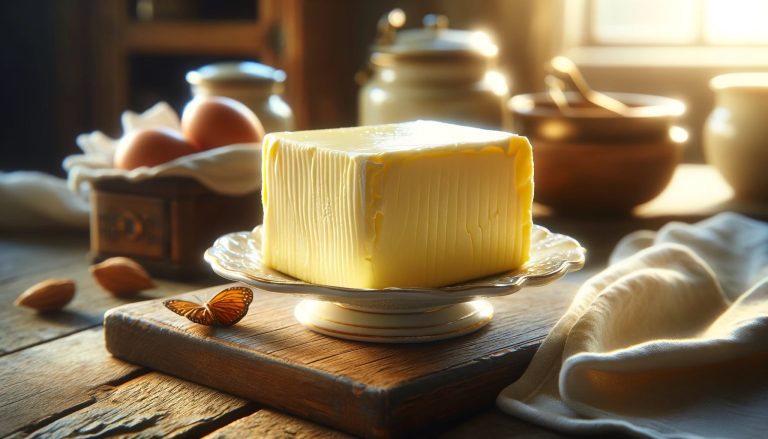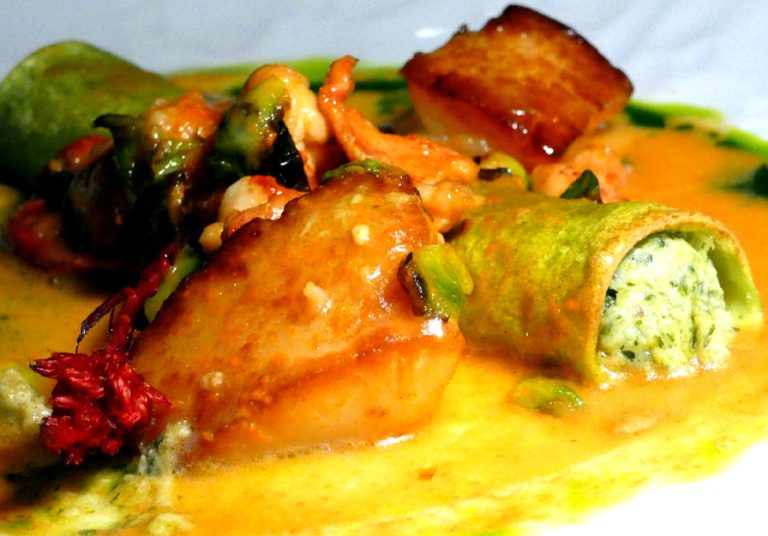Published with permission from LuxuryWeb Magazine
An essential ingredient in the culinary world, butter is as important for everyday cooking as it is for enjoying slathered on some toast. But there are distinct differences between the varieties of butter available in Europe compared to those in the U.S. Which one takes the crown?
In Europe, the culinary landscape is enriched with two primary types of butter, each contributing uniquely to the culinary experience. European cow-milk butter boasts a higher fat content of 82 percent, as opposed to the typical 80 percent found in American varieties. This slight difference in fat content significantly enriches the flavor profile. Furthermore, European butter predominantly arrives in its sweet (unsalted) form, whereas American butter offers the choice between salted and unsalted options.

Cow vs. sheep butter
Beyond cow-milk butter, the Eastern Mediterranean regions of Europe introduce the distinctive taste of sheep’s milk butter, known for its sharper flavor compared to its cow’s milk counterpart. Traditionally unsalted and cultured, this variant presents a unique culinary component. Although less common, goat’s milk butter is also available — offering an even more robust flavor that might not suit all palates.
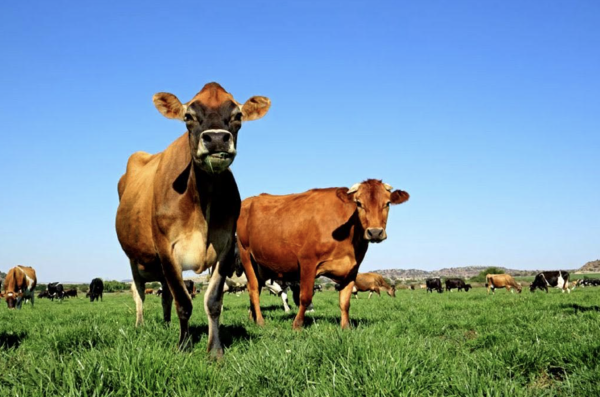
Reflecting on my own experiences, the memory of sheep’s milk butter spread generously over toast remains a cherished breakfast tradition. Despite the challenge of locating sheep’s milk butter locally, it remains accessible through online sources and specialty stores in certain U.S. regions, often imported from Greece and other Mediterranean countries.

Success
You are now signed up for our newsletter
Success
Check your email to complete sign up
When selecting butter in my local supermarkets, I am greeted with an array of choices, including both domestic and imported brands like the French Beurre de Charentes, Irish Kerrygold, and American Plugra, which mirrors European styles with its 82 percent fat content. The differences between these butters, such as the diet of the cows and the butter’s fat content, directly influence both the appearance and the flavor of the final product.
Interestingly, Irish butter, known for its high fat content, offers a richer flavor and a longer shelf life when not refrigerated, although this is not recommended due to the risk of bacterial growth. The preservation qualities of butter are further enhanced by the salt content in salted varieties.
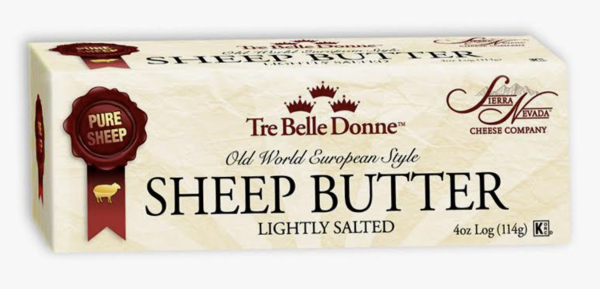
Additionally, the cultural practices surrounding butter production, such as the use of live cultures in cultured butter, contribute to diverse flavor profiles. This method, akin to those used in yogurt or cheese production, results in a thicker, tangier butter compared to the milder taste of uncultured varieties.
The color of the butter, often a vivid golden hue, serves as an indicator of grass-fed origins, a direct result of the beta-carotene in the grass. While some American brands may add coloring to mimic this appearance, the authentic taste derived from natural grazing remains unparalleled.
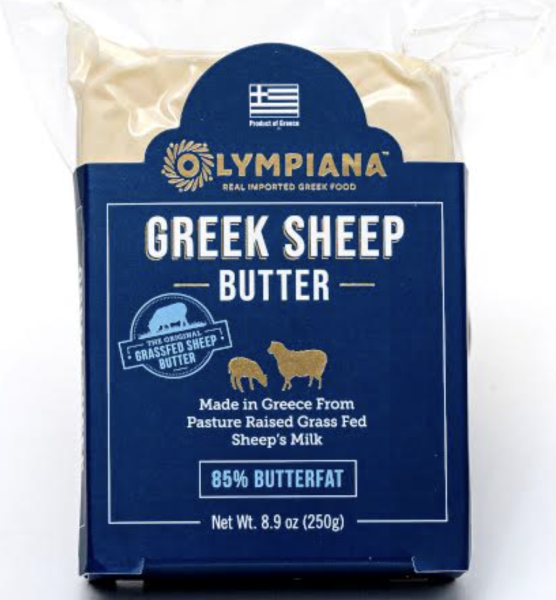
In essence, the world of butter offers a rich tapestry of flavors, textures, and traditions, reflecting the diverse culinary landscapes from which they originate. Whether through the creamy richness of European varieties or the nuanced profiles of American butters, this essential ingredient continues to enhance our culinary experiences in countless ways.
Visit LuxuryWeb Magazine to see the original article and more.



